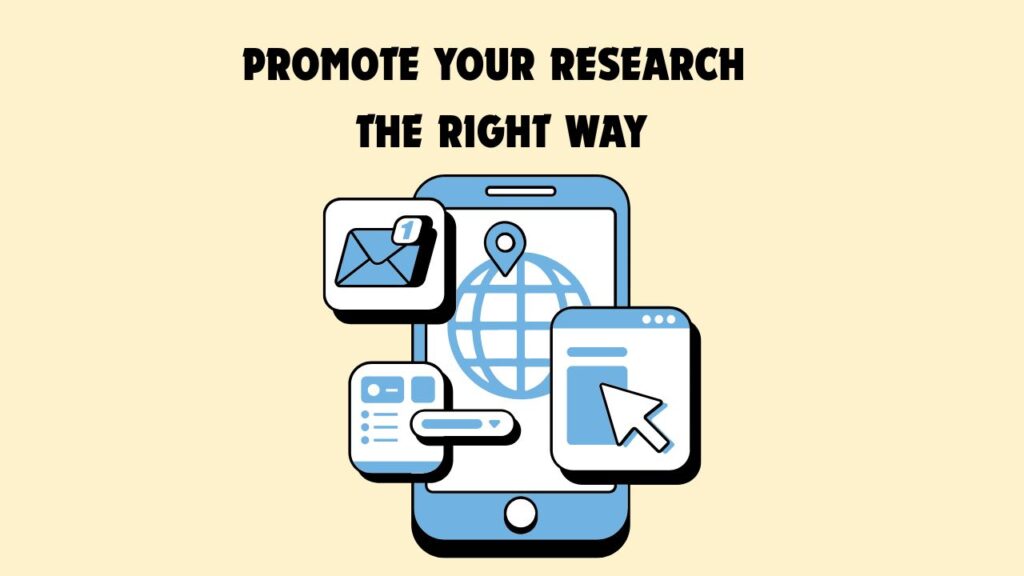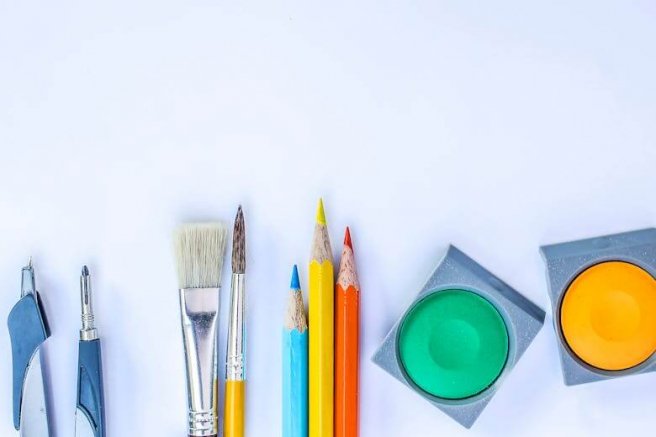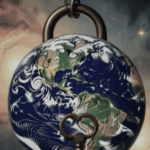My experiences with communicating my research to a broad audience

I am a science communicator who went from being a microbiology graduate to pursuing a PhD in science communication and eventually helping institutions and scientists communicate their research through videos, infographics, and animation. Here’s the story of how I got here and an account of some of my top learnings in research communication.
When I was in college, my baba (father) developed cracks in his skin and was diagnosed by his doctor as having psoriasis, a recurrent disease.
“Oh, it is an autoimmune disorder,” I said.
“What kind of disorder is that?” Baba asked curiously.
That was the day I realized jargon should be restricted to clinical notes. Unfortunately, even as a microbiologist familiar with such jargon, I could not find a proper way to explain what an autoimmune disorder was. Research communication is harder than most of us think! However, I loved drawing and felt motivated to explore if I could better explain scientific concepts through art and, specifically, cartoons. I practised communicating what I learnt in college to my parents (neither has a background in science) and to my sister, who is still in school.
In the last semester of my undergraduate course, I decided to pursue an M.Sc. or an integrated PhD course in biological science. I traveled across the country with baba to the institutes where I was selected for interviews. The numerous journeys and my baba’s curiosity about my field of interest gave me an opportunity to explain to him the what, why, and how of concepts I was asked about during the interviews.
A few days later, one of my friends sent me an advertisement for an M.Sc. course in “Science and Technology Communication” at the Council of Scientific and Industrial Research–National Institute of Science Communication and Information Resources, New Delhi.
By then, my interest in research dissemination to broad audiences had been strongly kindled, and I applied for this course. I passed the initial screening as well as the interview, thus becoming one of the first students to enroll in a course of this kind offered by a government institution of national importance in India.
Through this course, I not only met wonderful professors, science communicators, and science educators, but was also introduced to a treasure trove of knowledge about science communication. Books like “Don’t Be Such a Scientist,” “Narrative is Everything,” and “Connection”—authored/co-authored by Randy Olson, a marine biologist-turned-science filmmaker—remained my constant companions throughout the course.
By the end of the third semester, I learnt about different types of and approaches to science communication and the dos and don’ts involved. I practised and improved my ability to communicate science through writing, games, and cartoons. I wanted to explore modern digital media to communicate science, and so, I took online courses on audio-video editing, animation, and graphic design. Our class created an online popular-science website, “Sciteum.” To disseminate research, we started posting popular-science articles covering research literature, reports on talks and conferences, science cartoons, stories, quizzes, videos, and podcasts. We also began a special science series—“An Element a Day”—to celebrate the International Year of Periodic Table 2019, which was a big hit!
In 2020, in one of the science symposiums arranged by our institution at Bhopal (Madhya Pradesh, India), I met Mahinn Ali Khan, the then-head of the Communications Office at the Bangalore Life Science Cluster (BLiSC) and an amazing mentor. BLiSC is a hub for biological science research in India, comprising the National Center for Biological Sciences, the Institute for Stem Cell Science and Regenerative Medicine, and the Centre for Cellular and Molecular Platforms.
My subject doesn’t involve working in a wet lab; so, for our course project in the last semester, a classmate and I decided to do the project in a different educational ecosystem where we could gain experience in communicating the research that happens in a wet lab to a broad audience. We approached Mahinn to ask if she would be our mentor. She asked us only about our plan for what we could do at BLiSC and how we could complete the project. Very soon, we became a part of the BLiSC Communications Office. We packed our bags, went to Bangalore, and joined BLiSC as interns. There, we thoroughly enjoyed working with the communications team, met helpful people, and learnt about the administrative aspects of science communication, which cannot be mastered by merely reading books or attending conferences. I realized that science communication is much more than science outreach, popular science writing, social media communication, and research communication. It plays a crucial role in the acquisition of research grants, policy-making, diplomacy, and research publication.
With evolving media and reducing attention span, it is challenging to create impactful science communication creatives for a broad audience, particularly when the audience is linguistically and culturally diverse. This challenge, in fact, had motivated me to pursue a PhD in Science Communication—to observe diverse people and make science communication creatives more dynamic.
Here are some lessons that I have learnt throughout my journey:
- It is essential to use different media to communicate science, for example, videos, podcasts, infographics, articles, cartoons, songs, and poems. Videos, infographics, and cartoons establish a connection with the viewer visually and have thus become a popular mode of research communication. Podcasts help build close relationships with listeners, and are also an effective way to engage the listeners even when they’re doing other work— travelling, driving, or relaxing—you can listen to podcasts at any hour. Songs and poems are an entertaining mode of communication. Adapting communication strategies to the different evolving formats is thus important to reach a wide range of audiences.
- Different social media platforms target different audiences based on age, interest, and location. Thus, it is important to customize the content to the platform being used. So, content for LinkedIn can be a little formal, whereas for Instagram, humorous, interactive audio-visual content works the best.
- While simplifying research content, care should be taken to preserve authentic scientific information and avoid oversimplification.
- Communicating science needs a multidisciplinary approach. For example, there’s an ongoing discussion on how science diplomacy has influenced the approaches used for the prevention of COVID-19 in different countries. This topic combines knowledge from political science, basic science, science diplomacy, and social science. You can only understand and communicate about this topic using a multidisciplinary approach. Even when communicating core scientific research, one has to understand psychology and social science to effectively communicate to a non-specialist and should have the right language/communication skills.
- It’s important to check facts and verify scientific information. Once, I accidentally swapped the names and designations of two individuals in a video. The video went live without a proofread. Not only did I have to apologize for and correct my mistake, but my whole team spent a day editing and exporting the video and replying to e-mails and comments on social media. What I should have done is to send the video to the speakers before finalizing it.
- Given that science communication can have various purposes and audiences, it is important to connect and engage with stakeholders and peers and ensure that everyone’s goals are aligned.






